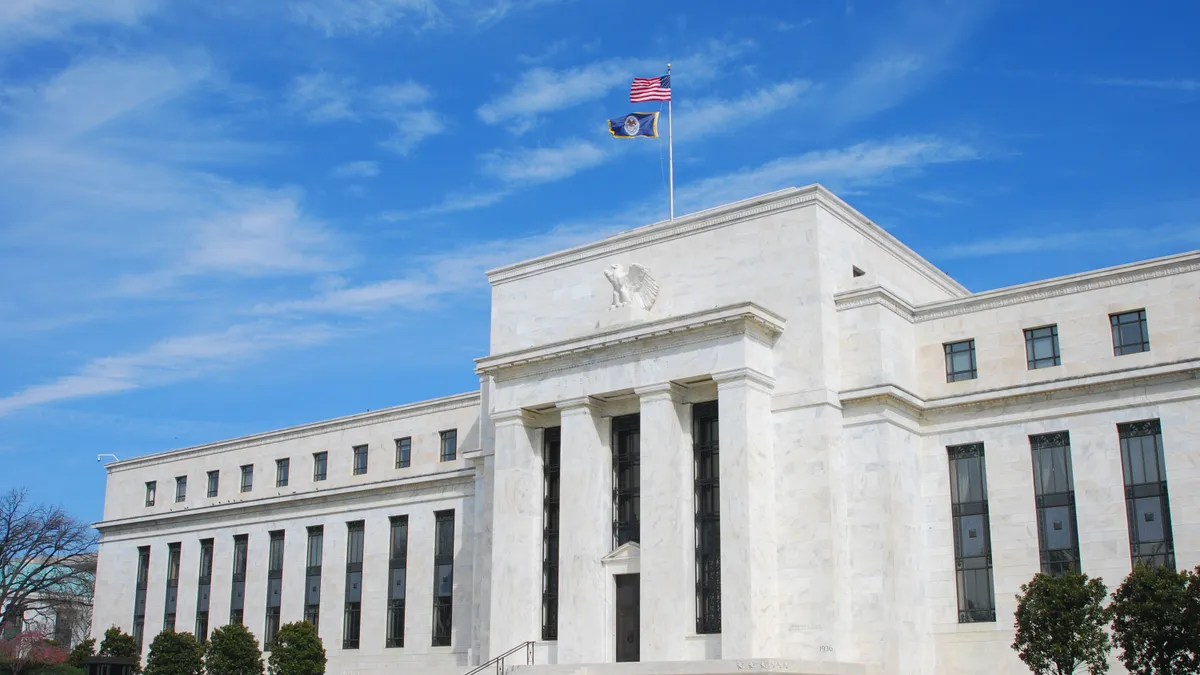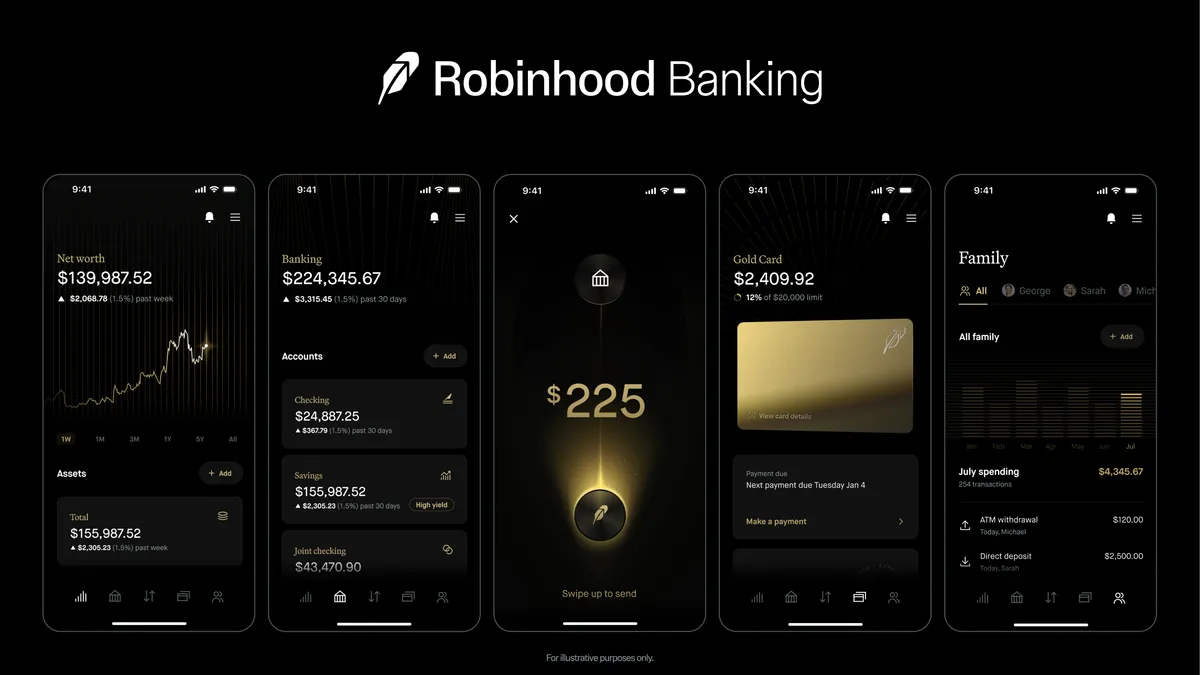Fintech-focused venture capital firm F-Prime Capital released its 2022 Fintech Index Tuesday, showing sharp declines in revenue multiples industrywide.
The report assessed capitalization, liquidity and growth in the 55 publicly traded companies within F-Prime’s Fintech Index, including household names like PayPal, Affirm and Opendoor. Together, the group has a $397 billion market cap as of Dec. 31.
Just over a year prior, that number was a much higher $1.3 trillion.
“2022 was a very different year than 2021, in many ways it’s been very sobering,” said F-Prime Capital Senior Associate Abdul Abdirahman ahead of the report’s release.
F-Prime’s report shows that while the public market correction has been far reaching, fintech has seen a sharper decline than most. F-Prime’s account aligns with similar findings reported by Moody’s last week, which, citing CB Insights, showed global fintech funding fell 46% from 2021 to 2022.
A challenging macro environment and rising interest rates made for a thinning liquidity market, and not all fintechs were affected equally, Abdirahman explained.
Fintechs that focus on lending experienced the same woes as traditional banks. Prior to March 17, 2022, the last federal funds rate hike was in 2018. Since that day, the federal funds rate has been hiked eight times, from 0.25% to where it currently stands at 4.75%.
According to Moody’s, the rising rates also undercut the competitive edge fintechs had on big banks due to funding woes, which made it harder to fund operations and acquire customers. Banks, on the other hand, “have access to stable deposit funding given their well-established brands and customer relationships,” Moody’s Vice President and Senior Credit Officer Stephen Tu noted in a press release.
Proptechs, or fintechs designed to connect people to mortgages, were also affected by rate increases because they led to a decrease in originated loans. A decrease in originated loans meant that the app’s revenue decreased; and therefore, value decreased.
“On the other side, the business-to-business [software-as-a-service] and payments companies haven’t seen as much of a decline. B2B SaaS companies have more of a recurring revenue and generally have longer contracts. They also sometimes have diversified revenue streams,” Abdirahman explained.
In the current market, he said, investors are scrutinizing high-growth companies more today than they did in 2021 with an eye toward capital efficiency. Fintechs looking to appeal to investors need a lower burn rate, he said.
Upside in the sector
However, despite a challenging 2022, Abdirahman thinks fintech companies and investors like himself should stay optimistic — for a few reasons.
“Fintech is still in the early innings of capturing financial services revenue,” noting that currently “fintechs capture less than 10% of the market,” he said. That represents “a huge opportunity,” he said.
Abdirahman added that although less than 25% of F-Prime’s Fintech Index companies were profitable over the last 12 months, collective revenue between the companies rose $19 billion, or 15%, over the first three quarters of 2022. Some large scale companies, he noted, experienced impressive growth, like Bill.com’s 143% YoY growth. F-Prime expects almost half of Fintech Index companies to be profitable within the next 12 months.
Finally, industry specific apps continue to gain traction, like Toast, which provides software solutions for the restaurant industry.
Toast-esque apps are now popping up for verticals like childcare centers and salons, and they can take advantage of more of the market by layering beyond payments into lending, payroll, insurance, and more, Abdirahman said. With their lending arms, such industry-specific fintechs can underwrite businesses better than any financial institutions because they already have detailed sales data, he added.
By layering, Abdirahman noted, these fintechs are able to grow their average contract size by two to five times.
“You’re able to capture more revenue from the customer you already have, and it’s so much easier to get more from the customer you already have, solving their different pain points, than it is to get more customers,” Abdirahman said. “Previously investors would overlook them because it’s hard to reach your market all over the country, but through digital marketing, you’re able to do that.”






















